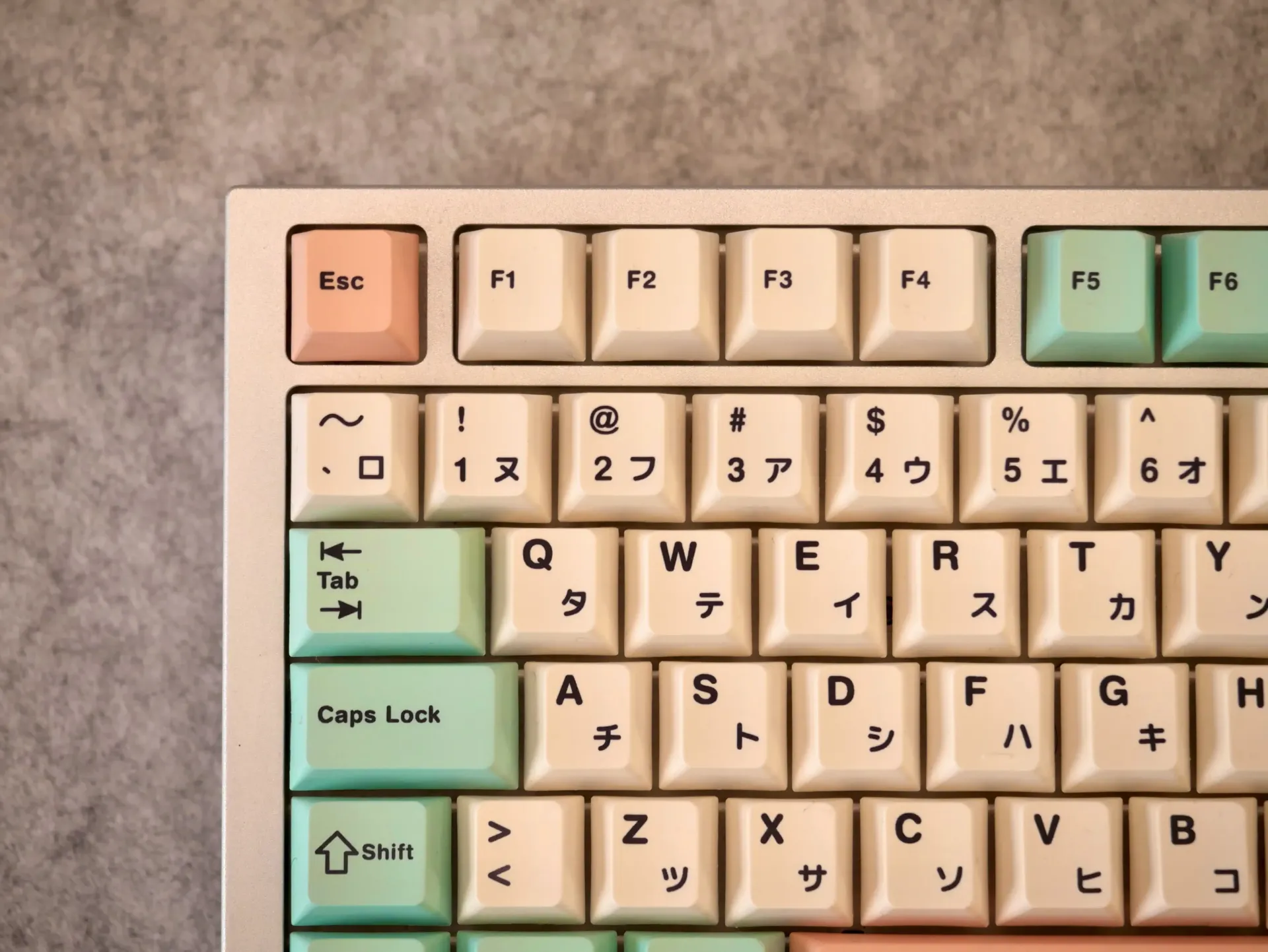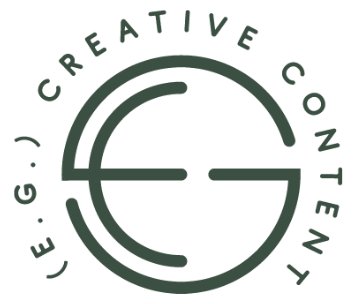In Search of Information
When we turn to the internet in search of information, we have specific wants including speed and accuracy.
In the past, it was decently easy to have these wants realized (considering, of course, that the slow speed of dial-up was a marvel for its time). Finding a helpful answer in the first 10 or so results was a reasonable task.
But this has changed over time. Google's continued algorithm adjustments generate scores of SEOs claiming there are new best practices. Plus, Google itself obfuscates how its ranking algorithm really works, which pushes concerned business to spend money on paid ads—the ones that always go on top of the search engine results pages (SERPs).
But what if I told you that this hype cycle wasn't...real?
What We've Been Led to Believe
Search engines—namely Google, which sets the tone for all others—are not in the business of helping people find information.
They're in the business of making money. When they change their algorithm or page layout, the end goal is profit.
Ads go at the top of a SERP?
Google sells ads!
AI is touted as the magic solution to creating content "at scale"?
Google has a paid AI product!
How
convenient!
But here's the thing: when it comes down to it, even though Google's goal is to make money, its core product still functions as a portal for information. If you truly provide valuable information—in any format—you can appear at the top of search results. Even if you don't pay Google for ad space or a Gemini AI license.
You just need to address a searcher's core needs.
The Searcher's Hierarchy of Needs
1. Accessibility
The entire experience starts with a need to access your site and content: if it’s blocked from search engines, is tough for a human to navigate, or cannot be browsed by someone using a screen reader, nothing else you do will have an impact.
This is why each time I work with a
Stress-Free SEO Strategy client, I start with a complete site audit. Before we begin implementing any optimization techniques, we need to make sure that the site:
- Is structured with good information architecture principles in mind.
Can you easily navigate the site? Does the content structure make sense?
- Can be accessed by search engines. Is there a sitemap? Has it been submitted via Google Search Console?
- Responds to different devices. Does the site look and load nicely on a phone or tablet?
- Is readable by both human eyes and assistive technologies. People and assistive devices like screen readers need to be able to read the content. This means using true text (not text in images) and color contrast that keeps words easy to read.
Both a technical site audit (which I provide) and an accessibility audit (I have great providers I can loop in or refer you to) are important when building a site that ranks well and delivers information to people.
If you’re interested in assessing your site’s human-and-computer access on your own, these resources can help:
- The A11Y Project has a
straightforward checklist you can use to audit the technical accessibility of your site.
- The W3C Web Accessibility Initiative website has great
guidelines on how to bake accessibility-focused tasks into your team’s work and roles.
- Semrush has a detailed 12-step guide to running an SEO audit on your site.
2. Comfort
Searchers also need to be comfortable with your site and its content. This doesn’t mean we can’t challenge a searcher or their beliefs—we absolutely can! Providing information that goes against what someone expected or thought they wanted can be an important part of both individual growth and building a trusted relationship with a user.
What “comfort” means in this context is that we need to meet searchers on their level in terms of language, complexity, and examples. This means we:
- Understand the intent of the person searching for a particular topic.
- Use examples and illustrations that are aligned with our target audience’s industry or experience.
- Explain things clearly—not giving away the secret sauce, but also not eschewing answers in favor of a “…and contact us to learn more!” in every single article.
3. Readability
While we want searchers to be topically comfortable with what we’re talking about, we also need to make sure the text is truly readable. Unless you know you’re writing to a PhD-level audience, it’s best to err on the side of keeping the reading level lower. I always refer back to my journalism training here: the goal was to keep stories in the 5th-to-8th grade reading level range.
- Strive for an appropriate reading level. Tools like Clearscope can give you a suggested level, but if you aren’t sure, shoot for an 8th grade level of reading complexity.
- Limit use of unnecessary jargon that may not be accessible to all persons interested in the topic.
- Use the appropriate schema markup to make your page content more readable right in the SERP—this can include tagging FAQs, authors, company information, and more.
4. Connectivity
Getting people to land on your site through search engine results is only one part of the process. What happens once they’re on your site? Ultimately, you want to keep them on your site as long as possible. Yes, this can lead to greater conversion levels, but it also helps to cement your content and brand as a trusted source in the searcher’s mind. Your content may bring new questions to their mind—make sure that you’re providing answers, ideally ones that are also on your site.
- Make sure each new page has links to and from other pages on your website (internal links).
- Never put links in the first paragraph of the text—you want to hook the reader before you offer up the option to go to another page.
- Be very selective about the external links you place on a page, and keep the ratio of text to external links fairly low—one or two links per 500 words is a good ballpark.
- Make all of your links, internal and external, automatically open in a new tab versus loading in place of your content. (To do this, add
target:"_blank” after the
a href attribute.)
5. Privacy
It’s also important to remember that part of building a relationship with searchers means respecting their privacy. This is often overlooked in the marketing world, as countless trackers and tags are the name of the game. After all, if you can collect data from users, why wouldn’t you?
Well, there are a few reasons not to.
- Too many tracker tags and plugins can actually slow down a page and make it harder for readers (and search engines) to access the content.
- Searchers are becoming more aware of data collection thanks to cookie notices mandated by GDPR and tracking warnings in the Apple iOS ecosystem. Showing you’re not collecting excess data—and being clear about how you’re using anything you do collect—further cements your content as a trustworthy resource.
- We’re all drowning in data. Seriously. There are so many data points collected by tools like Google Analytics and Hotjar that it can become a real chore to sift through everything. You actually only need a few
basic metrics to further optimize your content and learn about your customers—complete user flows and heat maps aren’t actually essential.
6. Trust
Ultimately, the five components above all lead up to building trust with the searcher. And this is the core thing that everyone seeking information online really needs: answers and resources they can rely on to be correct.
If you’ve felt frustrated with your own Google search results lately, it’s not all in your head.
Google SERPs have indeed gotten worse over time. While search engine companies try to remove spammy, AI-generated content, it’s created so quickly that it continues to be in the SERPs.
But this doesn’t mean that your content can’t be found. It can! Too many people are throwing in the towel and assuming that low-quality AI-generated content is the only thing that can rank these days. That leads to fewer human-crafted quality pieces existing…and if they don’t exist, they certainly can’t show up in search results.
Why This Works
Simply put, most people and businesses aren't thinking about the end user when creating website content. Oh, sure, they're thinking about the end user in terms of someone purchasing something from them--but their ultimate goal is quick conversion, not building up presence as a reliable resource.
The thing is, though, that if you focus on becoming a reliable resource (the
trust portion of the hierarchy), then you have the chance to gain higher-value, longer-lasting customer spend than if you're simply trying to grasp at everything that could possibly stick.
Here's an example: I was recently searching for information about how many arm strokes an intermediate swimmer takes to go 25 meters. This is a pretty straightforward question, one that could even be answered in the featured snippet.
Instead, though, I got several results that were long, long blog posts about all sorts of "swimming questions"--and the answers were terrible. It was clear that many of the results in this SERP were AI slop. I clicked on one that contained sections such as "Can you swim with banana peels on your feet?" and never actually answered my question.
(For what it's worth, the answer is 17-20 strokes and no, you cannot swim with banana peels on your feet.)
Sure, that company got to report that their page ranked well in the SERP and got some clicks. But I’d venture to guess their bounce rate is
very high, and their conversion rate—I think they were selling a swimming plan or app—is incredibly low.









